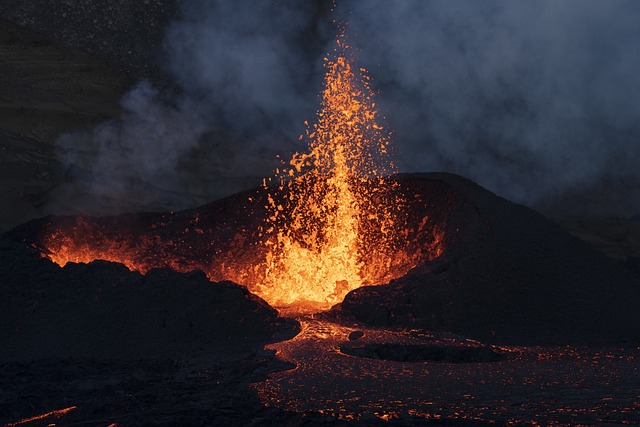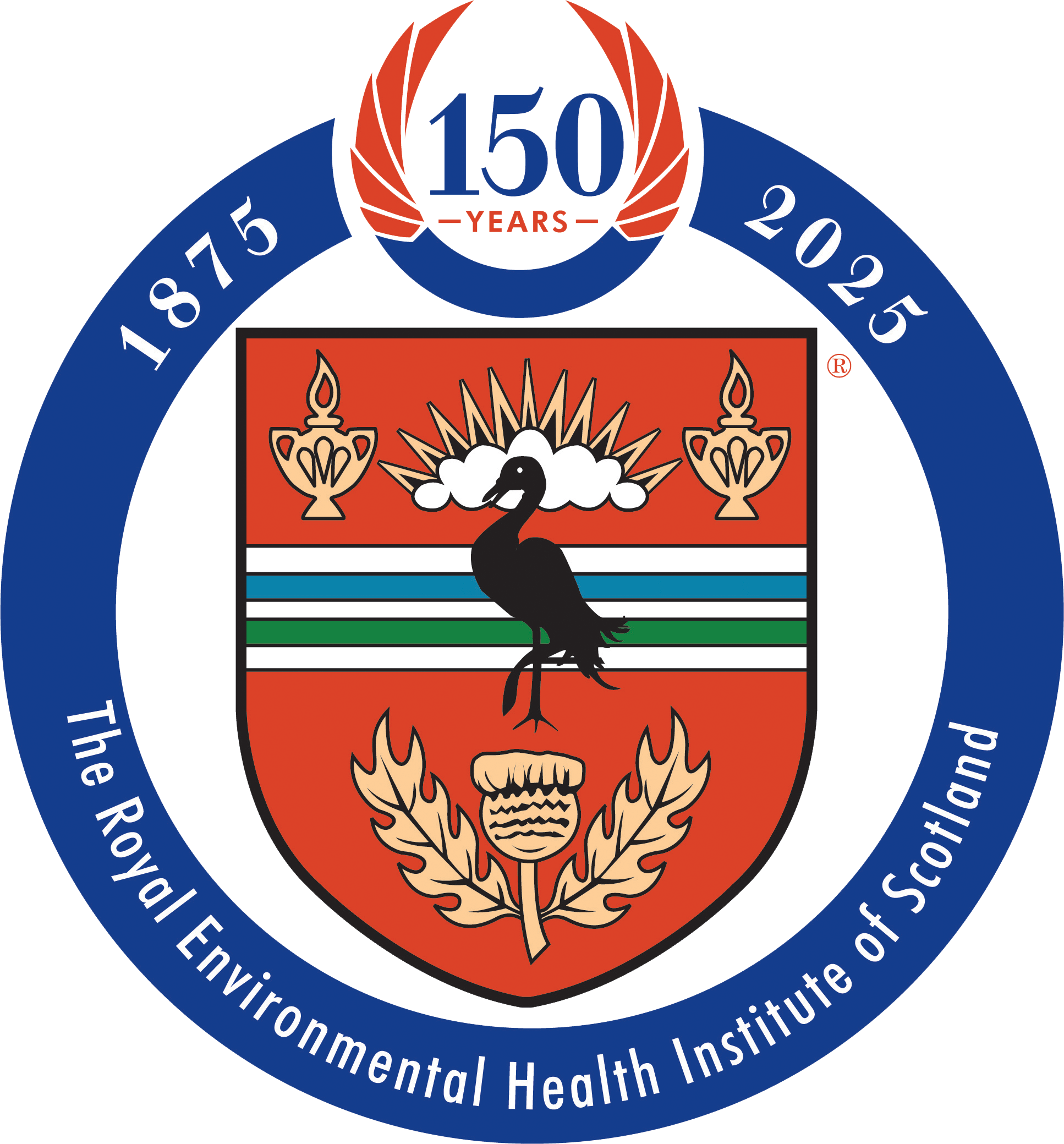
The Sýlingarfell volcano in southwest Iceland began erupting last December but the most recent eruption, on May 29th, pushed sulphur dioxide in Scotland to levels not seen since the 1970s.
The Scottish Environment Protection Agency’s (SEPA) national volcanic emissions network first detected an increase in SO2 on the Isle of Lewis on the evening of 30 May. During the early hours, the plume moved southward, peaking in Scotland’s Central Belt by 6 am on 31 May. St Leonard’s in Edinburgh reported a maximum concentration of 1,161 µg m³.
In order to verify the source of the SO2, the UK Centre for Ecology & Hydrology (UKCEH) used a combination of observations and modelling data, making it highly likely that the increased levels could be attributed to the Icelandic volcano
UKCEH used their EMEP4UK atmospheric chemistry transport computer model to confirm the sequence of events that led to the high-concentration episode. They explained that had the eruption happened differently, the SO2 emitted would have missed the UK entirely.
What distinguished this from previous events is that significantly higher concentrations of SO2 were recorded than previously reported in the UK, surpassing those of previous Icelandic eruptions in recent years. Alongside high SO2, the volcanic plume comprised a mixture of other gases, our researchers are now investigating the composition of the plume in more detail.
A blog on the UKCEH website refers to SO2 as ‘an air pollutant from the past’, indeed its prominent position in the air pollution rollcall of the past gave Edinburgh its ‘Auld Reekie’ nickname.
Famously, it was also a key cause of the acid rain of the 1980. A number of significant, global remedial measures were taken which have led to UK SO2 emissions falling by 98% since 1970.
The fall has been so dramatic that the lack of atmospheric sulphur deposition has led farmers to add sulphur to their fertiliser to achieve optimum nutrient balance.
The UKCEH blog goes on to explain that the whole episode is no cause for concern: ‘While this event, exceeded air quality objectives for 10 hours in Edinburgh, it did not breach workplace exposure limits. Nor did it pose a significant health risk. The current air quality objective for SO2 is 350 µg m³ (hourly average), and a maximum concentration of 1,161 µg m³ was reported from the AURN network at Leonard St.
‘Concentrations stayed well below the workplace exposure limit for an 8-hour shift average of 1,300 µg m³ and for 15-minute exposure of 2,700 µg m³. Our modelling effort helped predict that this plume would pass rapidly over the UK. Through chemical reactions, sulphur dioxide can contribute to the formation of small airborne particles (PM2.5) that are harmful to human health. Measurement and model results indicate that PM2.5 concentrations stayed well below levels of concern during this event.’
For further information please see the related blog.

